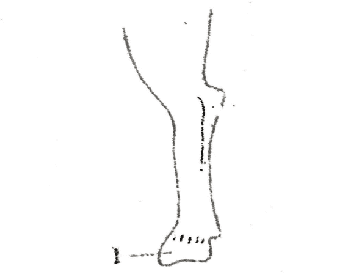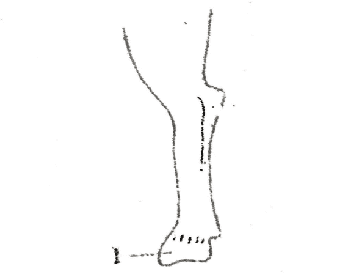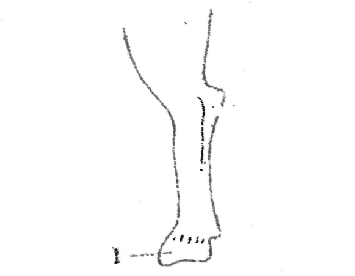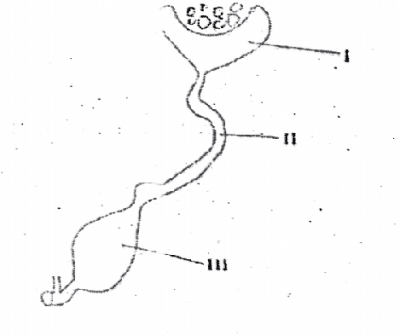Which of the following excretory organs maintains a healthly balance of body fluids in farm animals?
- A. Kidney
- B. Liver
- C. Lung
- D. Skin
The system in which a lamb is raised by another ewe is known as
- A. feeding
- B. fostering
- C. rearing
- D. weaning
In artificial insemination, semen collected is stored in liquid
- A. ammonia
- B. chlorine
- C. nitrogen
- D. oxygen
The benefits of planting grass-legume mixture does not include
- A. higher productivity of the pasture
- B. suppression of weeds
- C. decreased soil fertility
- D. prevention of soil erosion
A disease that could result from giving animals mouldy food is?
- A. anaplasmosis
- B. aspergillosis
- C. babesiosis
- D. theileriosis
Which of the following management practices is used in the identification of livestock?
- A. Branding
- B. Docking
- C. Dehorning
- D. Shearing
Which of the following products could be obtained from poultry by-products?
- A. Glue
- B. Pillow
- C. Sweater
- D. Leather

Which of the following operations may be carried out on the part labeled I?
- A. Disbudding
- B. Docking
- C. Fumigation
- D. Trimming

Which of the following nutrients is required most for the healthy development of the part labeled I?
- A. Calcium
- B. Fat
- C. Protein
- D. Vitamin D
The diagram below is an illustration of the leg of a farm animal. Study it carefully and use it to answer questions 26 to 28.

The part labeled I is the
- A. hock
- B. hoof
- C. pastern
- D. thigh
Which of the following management practices is carried oout in poultry farming?
- A. Deworming
- B. Docking
- C. Disbudding
- D. Weaning
Oestrus cycle in the ewe occurs every
- A. 7 - 11 days
- B. 12 - 16 days
- C. 17 - 21 days
- D. 22 - 26 days
Female animals that are not accepted by their male counterparts could reproduce through
- A. pen mating
- B. flock mating
- C. line breeding
- D. artificial insemination
Lush green forage is wilted before feeding to ruminants to prevent
- A. anaemia
- B. Bloat
- C. Ketosis
- D. tetany
Which of the following diseases of sheep is transmitted
- A. Blacklets
- B. Foot and mouth
- C. Heartwater
- D. Tuberculosis
An example of a humpless cattle is
- A. White Fulani
- B. Red Bororo
- C. N'Dama
- D. Keteku
During the incubation of fertilizated poultry egg, food and protection to the embryo are provided by the
- A. albumen
- B. chalazae
- C. egg shell
- D. shell membrane
Anaemia in farm animals is caused by
- A. sulphur deficiency
- B. magnesium deficiency
- C. iodine deficiency
- D. iron deficiency
Which of the following farm animals could be used of breeding purposes?
- A. Buck
- B. Bullock
- C. Hog
- D. Wether

The main function of the part labeled III is
- A. formation of egg shell
- B. secretion of digestive enzymes
- C. implantation of foetus
- D. temporary storage of food

The part labeled I and II are
- A. oesophagus and crop
- B. rumen and reticulum
- C. ovary and oviduct
- D. infandibulum and magnum


